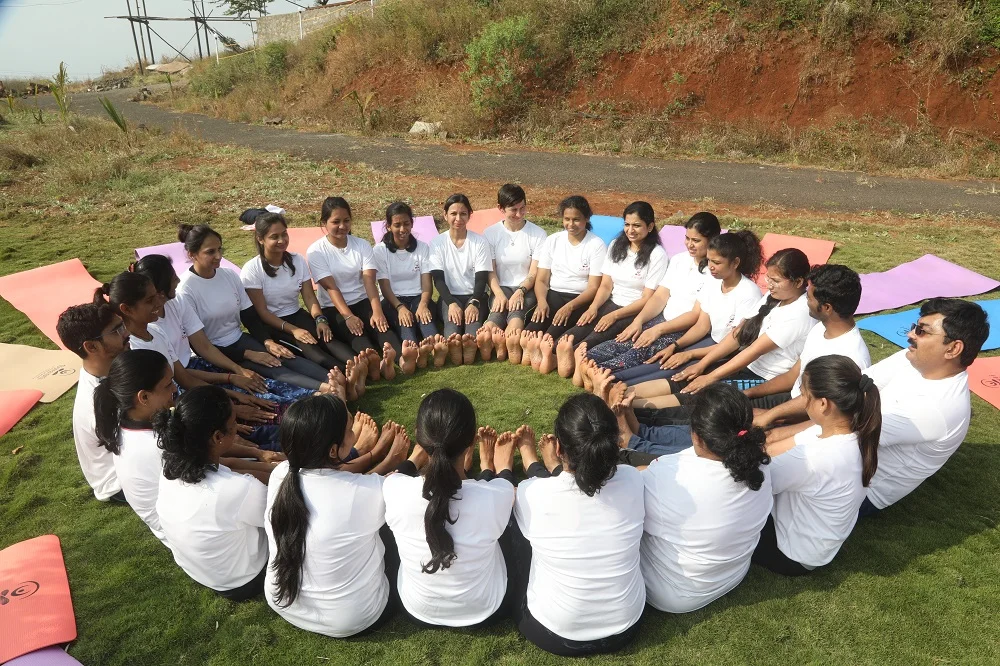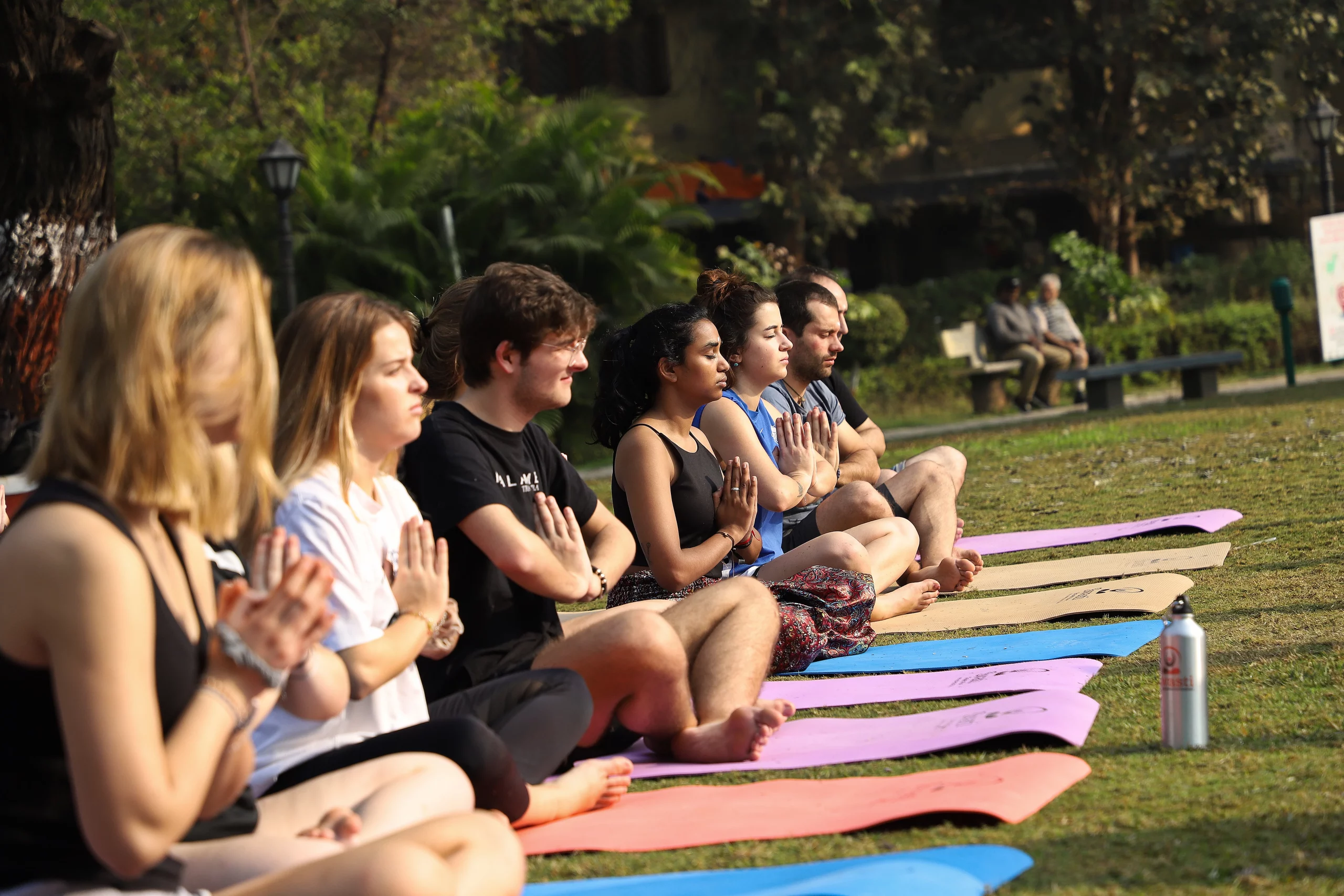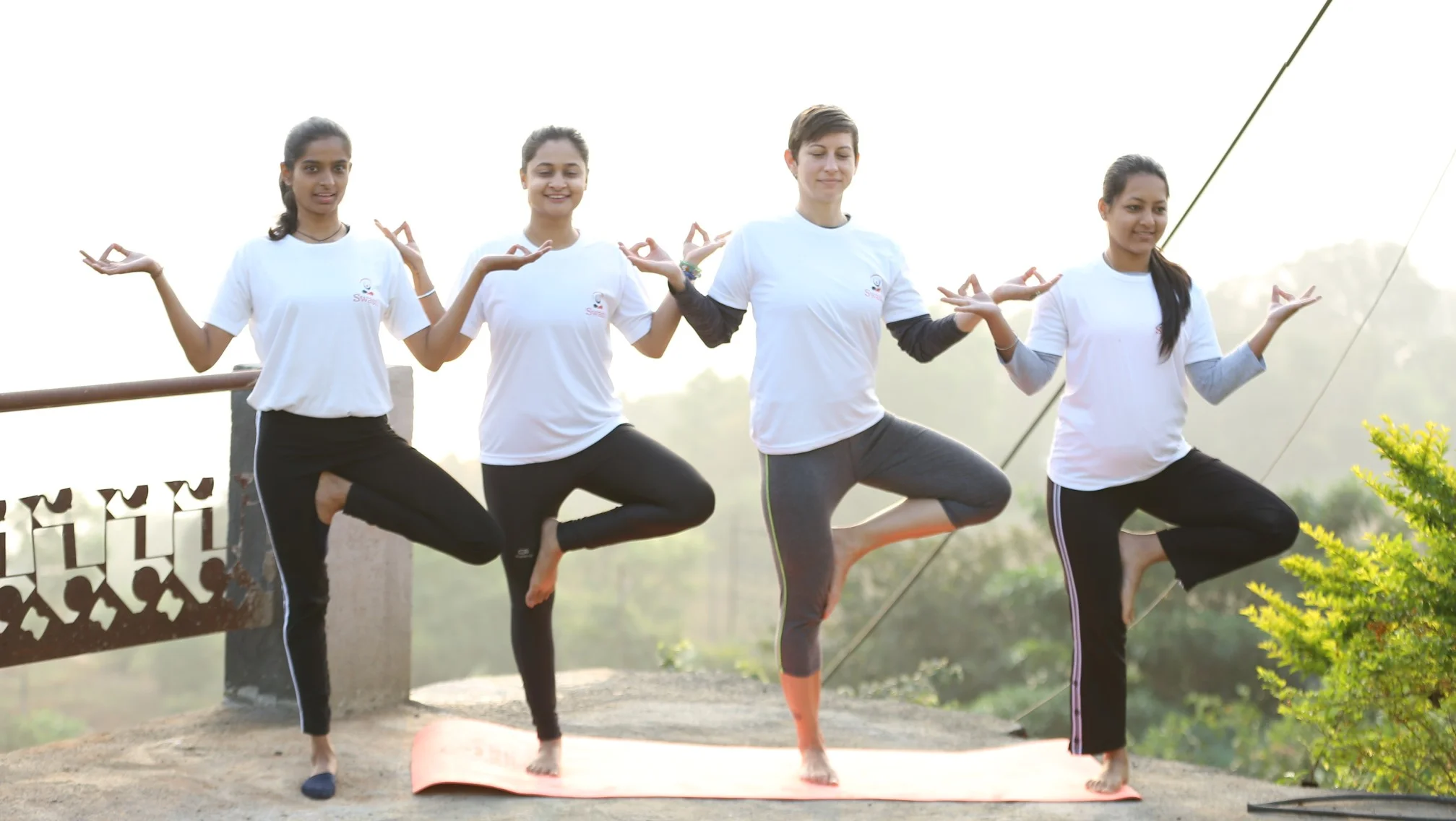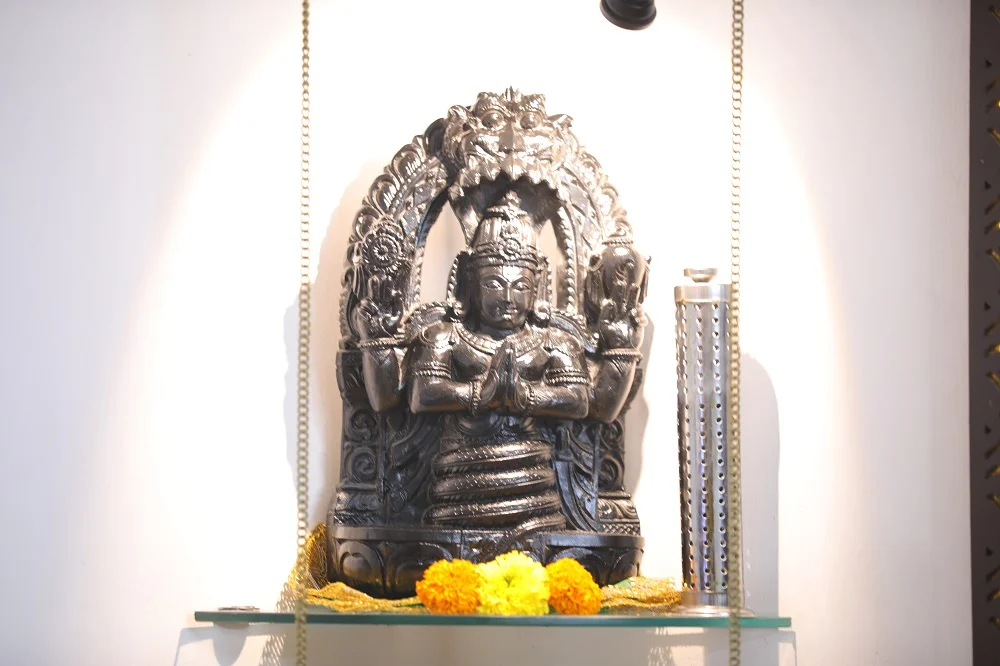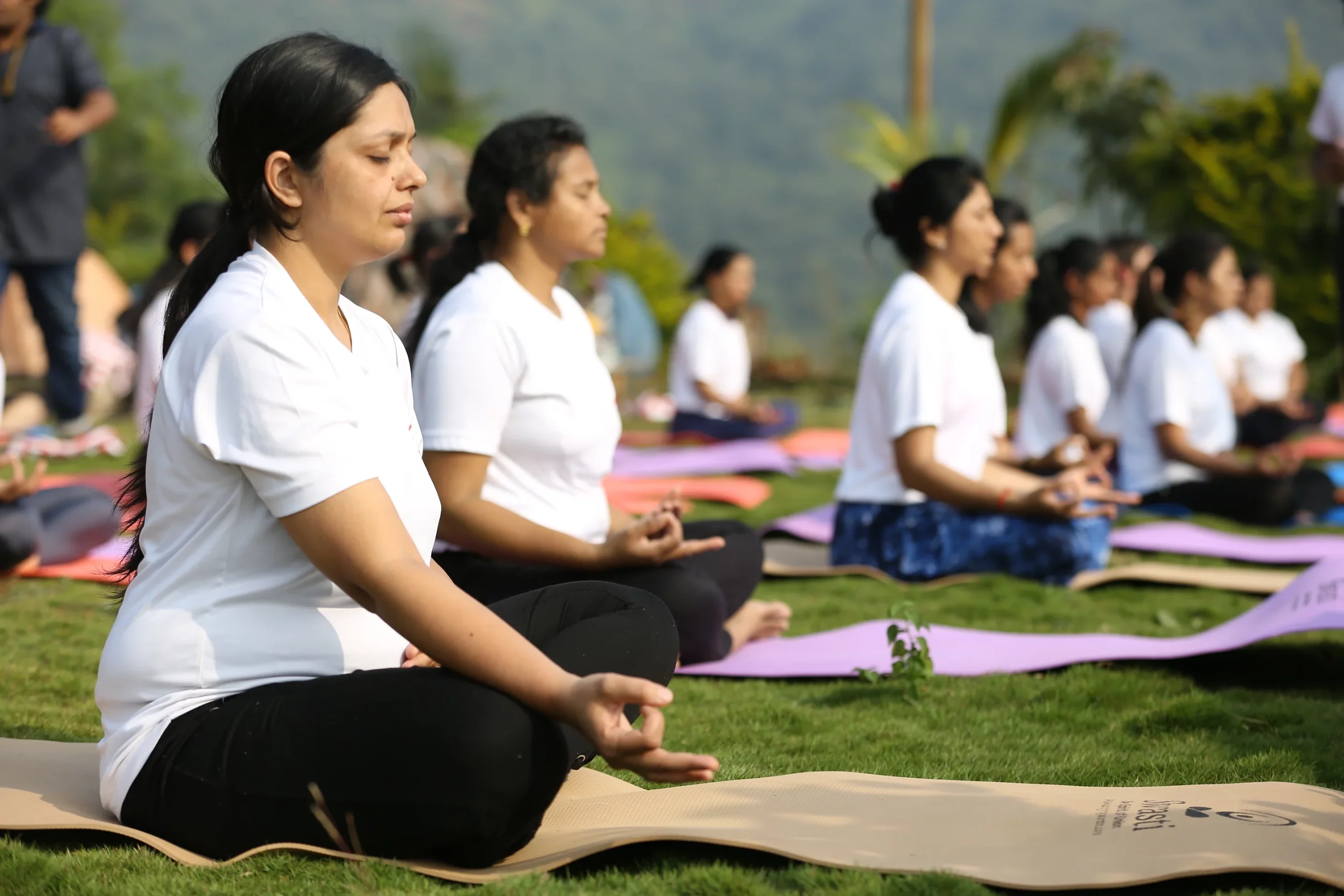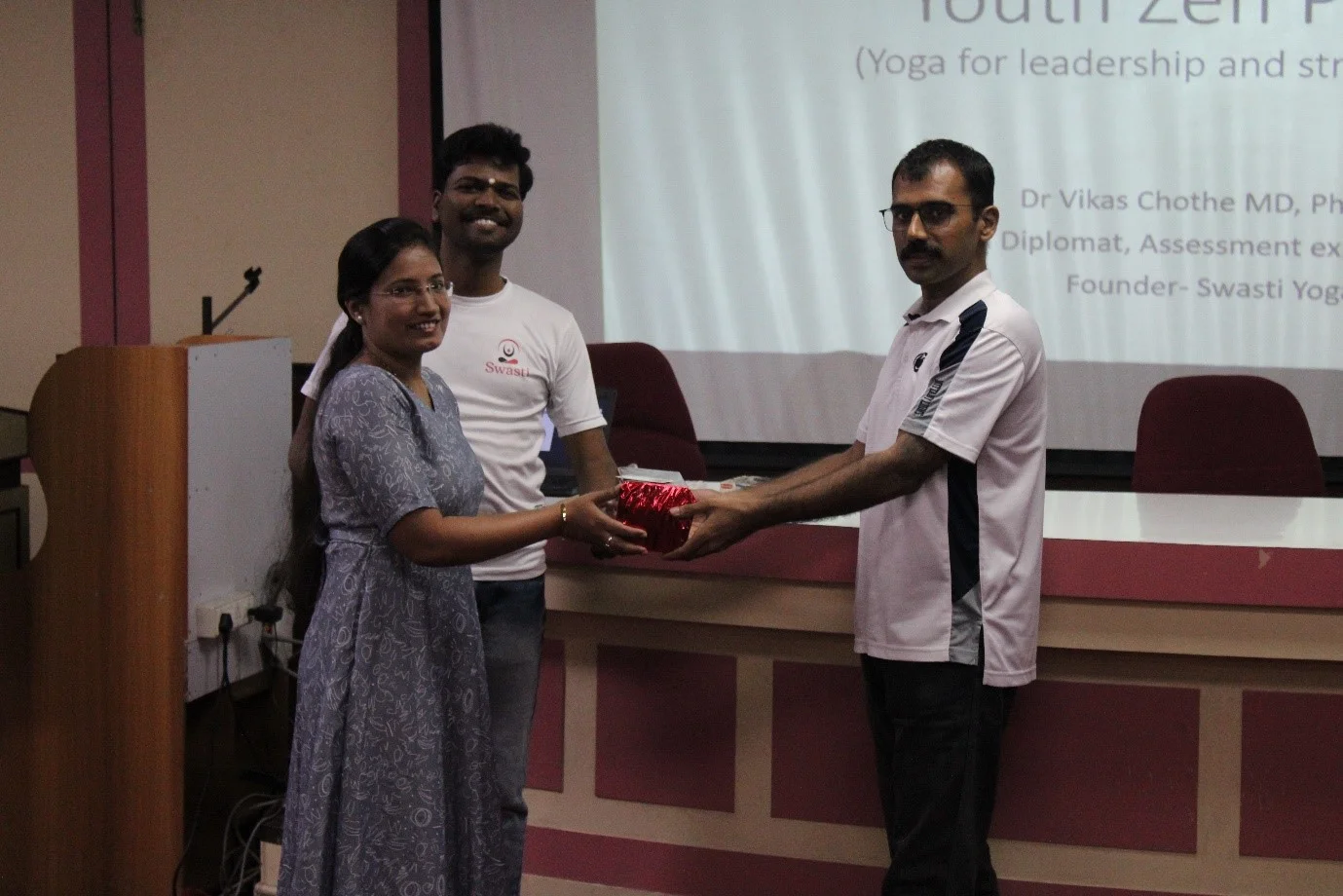
Youth Zen Program: Empowering Leadership and Managing Stress through Yoga at IIT-Bombay
In a unique collaboration between Swasti Yoga Center and the prestigious Indian Institute of Technology, Bombay, (Yogastha Club) a transformative one-week course called the Youth Zen Program was conducted in preparation for the upcoming International Yoga Day. Aimed at fostering leadership skills and stress management through yoga, this program proved to be a life-changing experience for the students, professors, and staff of IIT-B. Prior to the program, participants underwent a comprehensive study to assess their levels of anxiety, stress, and depression. The results were alarming, indicating a pressing need for effective stress management strategies. Following the program, a similar study was conducted to measure the impact of the Youth Zen Program. The results of the post-program study were nothing short of remarkable. Participants reported feeling significantly healthier, both mentally and spiritually. The benefits of the week-long program were profound, providing a holistic approach to well-being. The Youth Zen Program encompassed various elements that contributed to its success. Participants engaged in daily morning practices, fostering discipline and a sense of routine. They delved into the philosophy and science behind yoga, gaining a deeper understanding of its profound impact on life. The program effectively changed their perspectives on yoga and how it can positively shape their lives. One standout activity was the Yoga card game “Om,” which not only helped participants relax but also taught them mindfulness and other yogic values. Art therapy and mindfulness meditation sessions provided moments of profound relaxation and self-reflection. Experts in the field, Dr. Shwetambari Chothe and Dr. Vikas Chothe, shared their knowledge and insights. Dr. Shwetambari Chothe’s session on women’s health shed light on the importance of holistic well-being, while Dr. Vikas Chothe’s session on Ayurveda in daily life provided practical wisdom for a balanced and harmonious existence. The program also introduced participants to yogic cleansing techniques like dhauti, jal neti, and kapalabhati. These practices offered a unique and enlightening experience, accompanied by numerous health benefits. One of the most spiritually enriching activities for the IITians was the taratak practice and full moon gazing. These practices allowed them to connect with their inner selves and find solace amidst the demanding academic environment. The experience served as a powerful tool for destressing and gaining spiritual enlightenment. The introspection that followed the Youth Zen Program proved to be invaluable. Participants reflected on their journey, realizing the profound impact that yoga had on their lives. The program not only equipped them with stress management tools but also inspired them to continue incorporating yoga into their daily lives. The success of the Youth Zen Program can be attributed to the unwavering dedication of Shachi Bajpayee, the head of Yogastha Club, and Professor Neeraj, who played instrumental roles in organizing and motivating the participants. Their passion for yoga and commitment to the well-being of the IIT-B community made this program a resounding success. The Youth Zen Program served as a powerful testament to the transformative power of yoga in managing stress and fostering leadership skills. It is an initiative that has undoubtedly left a lasting impact on the lives of those who participated, empowering them to navigate life’s challenges with renewed strength, clarity, and resilience.

